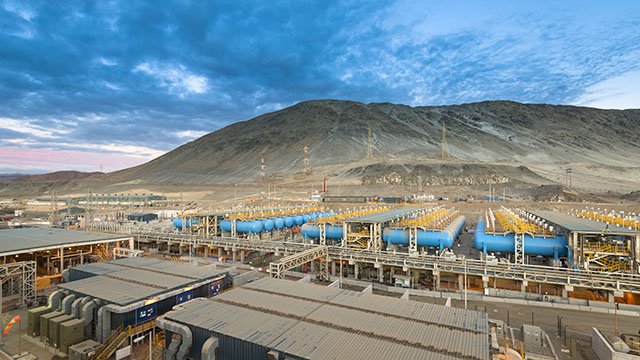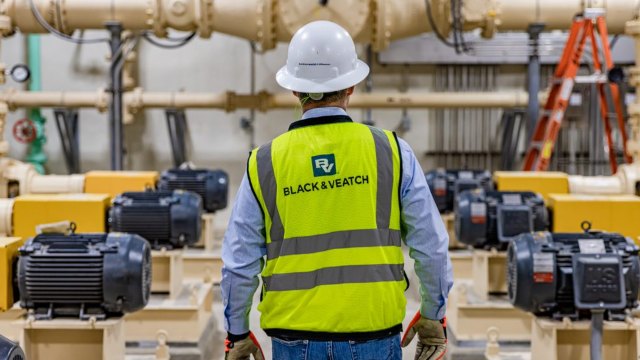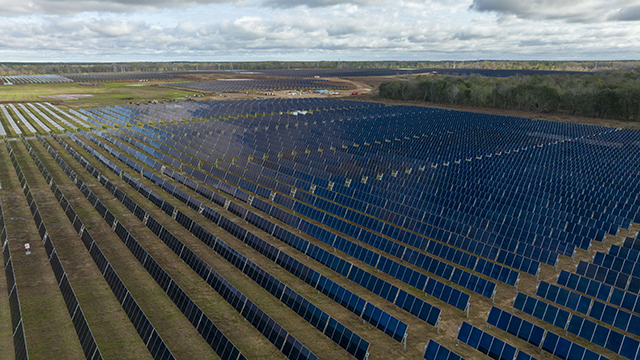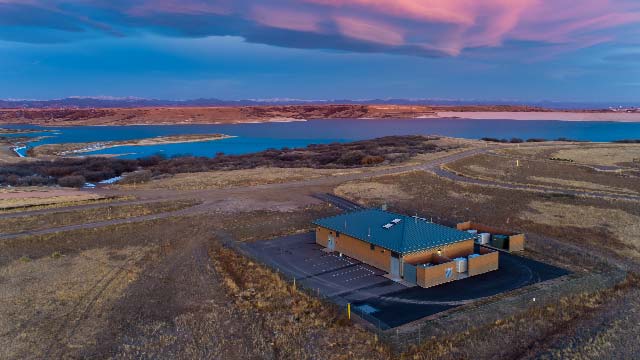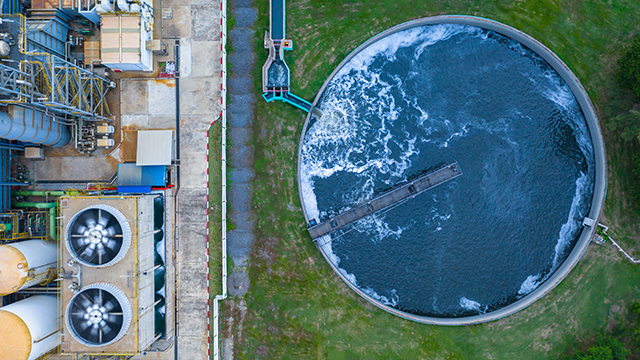Power plant development progress can be accelerated when major players, such as governments and independent power producers, align their objectives.
When the wheels of the ecosystem are oiled and geared to achieve the same goal, investors would be encouraged to turn potential projects into reality.
In Indonesia, Black & Veatch sees opportunities for both the Independent Power Producers (IPPs) and PLN, the national electricity utility, to work together to embrace renewable energy in a meaningful way.
Using renewable energy to generate electricity is critical for Indonesia. According to research by the Institute for Energy Economics and Financial Analysis (IEEFA), PLN has committed to spend US76 billion on PLTU electricity during the next 25 years. The report recommends that PLN anticipate the long-term trend for lower-cost, renewable-generated electricity as coal-generated energy becomes increasingly costly.
Despite the Indonesian government’s campaign to issue more supportive regulations based on input from the industry, investors have largely been holding back investments.
Understandably, it would require more than a campaign to persuade investors to put pen to paper as they seek evidence of regulation certainty and consistency that can ensure a profitable business venture in the long run. If fundamental aspects of good governance such as legal (and regulatory) certainty are lacking, few companies would be willing to make the long-term commitment needed.
Regulation Revamp
The Ministry of Energy and Mineral Resources (ESDM) has revamped renewable energy (EBTKE) regulation, through the ESDM Ministerial Regulation No. 50, Year 2017, to reflect the government’s intention to accelerate clean energy development in Indonesia.
By changing the tender process to a “Direct Selection” tender for the majority of clean energy generation resources, the independent power producer is now required to work with PLN on a build, own, operate, and transfer (BOOT) scheme.
The change means PLN will no longer place a newspaper advertisement on the tender to publicize the open tender process. Instead, it will appoint a few IPP companies that are most suitable for the project, and the project will be awarded to the IPP with the most competitive offer. This would effectively shorten the selection time.
Tasked with increasing the electrification rate, increasing renewable energy contribution to electricity production in Indonesia, and keeping costs down so Indonesia’s electricity remain competitive, ESDM and PLN plan to achieve these goals by targeting the rural areas where electrification rate is low.
ESDM has since confirmed their feed-in-tariff strategy at 85 percent of power production price (Biaya Pokok Produksi – BPP) in areas where local BPP is higher than the national average BPP for most clean energy resources, except hydropower, waste-to-energy, and geothermal energy.
On one hand, this may limit the interest of foreign investors. On the other hand, it may help to achieve higher electrification rates in the outer islands where smaller scale projects and the higher cost of diesel make it a good fit for renewable energy projects.
There is no doubt about the potential of Indonesia's renewable resources. However, private involvement will be crucial to make it a reality.
Terjemahan Bahasa Indonesia
Mempercepat Pengembangan Energi Bersih di Indonesia
Pengembangan pembangunan pembangkit listrik bisa dipercepat ketika para pelaku industri besar, seperti pemerintah dan perusahaan produsen listrik swasta, memiliki tujuan yang sama.
Saat roda ekosistem bergerak dan diarahkan ke tujuan yang sama, para investor akan terpacu untuk merealisasikan proyek-proyek potensial.
Di Indonesia, Black & Veatch melihat adanya peluang untuk perusahaan produsen listrik swasta (IPP) dan PLN, perusahaan perseroan listrik negara, untuk bekerja sama dalam memanfaatkan energi terbarukan dengan lebih baik.
Menggunakan energi terbarukan untuk menghasilkan listrik sangat penting bagi Indonesia. Menurut riset Institute for Energy Economics and Financial Analysis (IEEFA), PLN telah berkomitmen menggelontorkan dana sebesar USD76 miliar untuk membangun PLTU selama 25 tahun ke depan. IEEFA merekomendasikan PLN untuk mengantisipasi tren jangka panjang dari pembangkit listrik bertenaga energi terbarukan yang lebih terjangkau, dibandingkan pembangkit bertenaga batubara yang semakin mahal.
Walaupun pemerintah Indonesia berkampanye untuk mengeluarkan regulasi yang lebih mendukung penggunaan energi terbarukan berdasarkan masukan industri, namun para investor cenderung masih menahan diri untuk berinvestasi.
Tentunya diperlukan lebih dari sekedar kampanye agar bisa meyakinkan para investor untuk menandatangi perjanjian investasi, terlebih saat mereka menuntut kepastian dan konsistensi regulasi yang dapat menjamin keuntungan bisnis dalam jangka panjang. Jika aspek fundamental dari tata kelola pemerintahan yang baik seperti kepastian hukum (dan regulasi) dinilai kurang, maka hanya segelintir perusahaan yang akan bersedia berkomitmen untuk berinvestasi.
Perubahan Regulasi
Kementerian Energi dan Sumber Daya Mineral (ESDM) telah merevisi regulasi energi terbarukan (EBTKE) melalui Peraturan Menteri ESDM No. 50, 2017, untuk mencerminkan niat pemerintah dalam mempercepat pengembangan energi bersih di Indonesia.
Dengan merubah proses tender menjadi “Penunjukkan Langsung” untuk mayoritas tender pembangkit bertenaga energi bersih, para perusahaan produsen listrik swasta kini perlu bekerja sama dengan PLN dalam skema BOOT (build, own, operate, transfer).
Perubahan ini membuat PLN tidak perlu lagi memasang iklan pengumuman tender di koran. PLN cukup memilih beberapa perusahaan IPP yang paling cocok untuk menggarap proyeknya dan memilih salah satu di antaranya yang memberikan penawaran terbaik. Cara ini tentunya akan memangkas proses seleksi menjadi lebih efektif.
Dengan tanggung jawab meningkatkan rasio elektrifikasi, meningkatkan kontribusi energi terbarukan dalam produksi listrik di Indonesia, dan menekan biaya sehingga tarif listrik Indonesia tetap kompetitif, ESDM dan PLN berencana untuk mencapai target tersebut dengan menyasar daerah pedesaan yang memiliki rasio elektrifikasi rendah.
Sejak itu, ESDM telah menetapkan strategi feed-in-tariff sebesar 85% dari biaya pokok penyediaan (BPP) di wilayah-wilayah di mana BPP lokal lebih tinggi dari rata-rata BPP nasional untuk beberapa sumber energi bersih kecuali untuk sumber tenaga air, sampah dan panas bumi.
Di satu sisi, kebijakan ini dapat membatasi minat investor asing. Namun di sisi lain, kebijakan ini dapat mendorong pencapaian rasio elektrifikasi yang lebih tinggi di pulau-pulau terluar, di mana proyek pembangkit energi terbarukan berskala kecil dapat direalisasikan, mengingat biaya pembangkit bermesin diesel cukup tinggi.
Potensi sumber energi terbarukan di Indonesia sudah tidak perlu diragukan lagi. Namun, keterlibatan swasta menjadi sangat penting untuk merealisasikan potensi tersebut.


